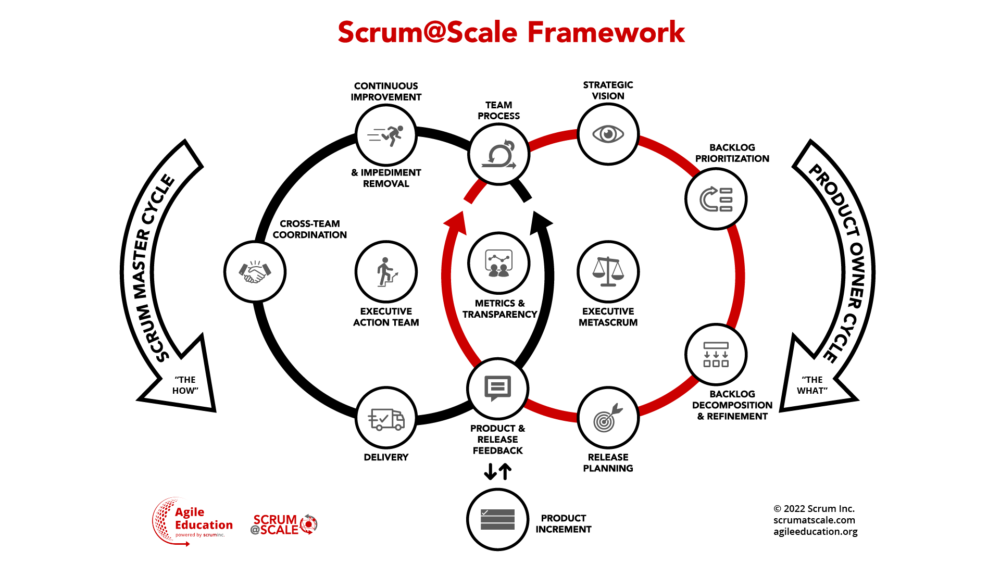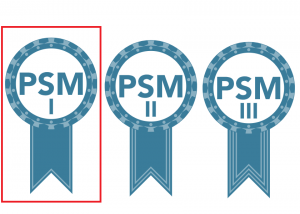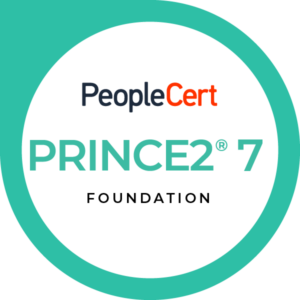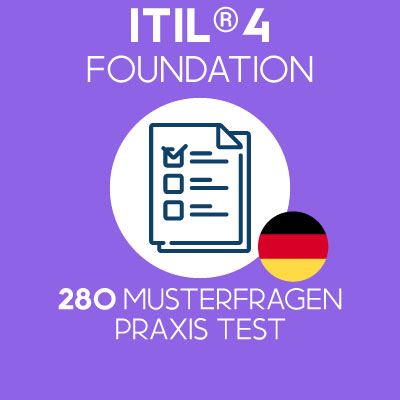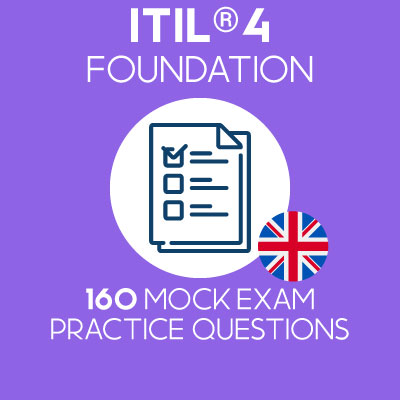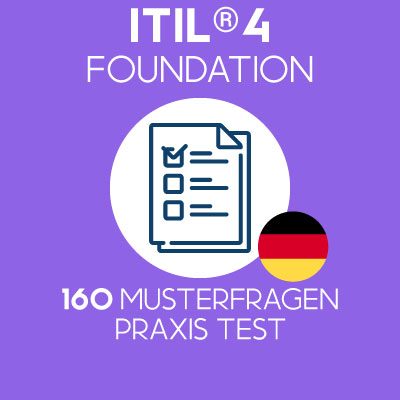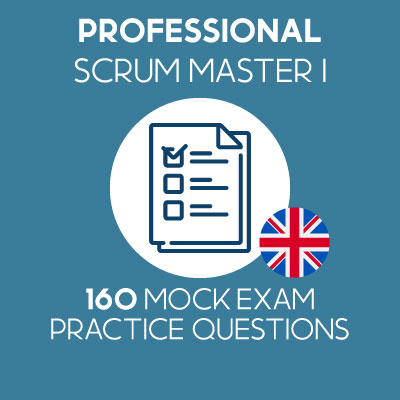Discover in this short post what Scrum@scale is, its different components and how it can help your organization to deliver more value.
Table of Contents
What is Scrum@scale?
Scrum@Scale is a framework for scaling Scrum, a popular Agile framework. It was developed by Jeff Sutherland, one of the co-founders of Scrum. Scrum@Scale is designed to help organizations implement and scale Scrum across multiple teams, departments, and even entire organizations.
The framework is based on the core principles of Scrum, including iterative and incremental development, self-managing teams, and continuous improvement. Scrum@Scale emphasizes a “scale-free” approach and can be customized to fit the unique needs and context of each organization.
Scrum@Scale consists of a set of components serving a specific purpose required for success at scale. Those components help organizations achieve their goals. Examples of such components are backlog prioritization, product & release feedback, continuous improvement and cross team coordination.
Key components and features of Scrum@Scale
In comparison to other Agile scaling frameworks (Nexus, LeSS, SAFe…), Scrum@scale provides little guidance on how to do things e.g. practices and concentrate on what needs to be in place for successfully deploying Scrum at large in an organization. In that sense, Scrum@scale can be seen as a meta scaling framework, a framework which encompass other scaling frameworks in its path.
Scrum@scale actually share many aspects with other Agile scaling frameworks. In addition to being a meta framework, below components can be seen as the trademarks of Scrum@scale:
The Scrum of Scrum (SoS)
One of the key component of Scrum@Scale is the Scrum of Scrums which is a way of coordinating multiple Scrum teams working on a shared product or project. A Scrum of Scrum is a team of teams responsible for a fully integrated set of potentially shippable increments of product at the end of every Sprint. Optimally, a Scrum of Scrum carry out all of the functions required to release value directly to customers.
The SoS is actually not an event but a team of teams working on a shared product.
The Scaled Daily Scrum
The scaled Daily Scrum is an elegant synchronization mechanism against team to ensure progress towards the Sprint goal of a Scrum of Scrum. This pattern can be repeated indefinitely depending on the Scrum of Scrum network layers present in the organization.
The Scaled Daily Scrum (SDS) ensure synchronization between teams, teams of teams and beyond.
The Executive Action Team (EAT)
The Executive Action Team is a small group of key leaders from an organization who are responsible for overseeing and driving the implementation of Scrum@Scale within their organization. This team is usually comprised of senior executives or high-level managers who have decision-making authority and are committed to making Scrum@Scale a success.
The EAT is responsible for setting the vision and strategy for the Scrum@Scale implementation, as well as ensuring that the necessary resources are available to support the initiative. They also act as a liaison between the Scrum teams and the broader organization, helping to communicate the benefits of Scrum@Scale and facilitating the adoption of agile principles throughout the organization.
The EAT ensure the success of an Agile transformation based on Scrum in the organization.
The Executive Meta Scrum (EMS)
At the Executive MetaScrum a dynamic group of leaders sets the organizational vision and the strategic priorities of the organization, aligning all of the teams around common goals.
It is the forum for Leadership and other stakeholders to express their preferences to the PO Team, negotiate priorities, alter budgets, or realign teams to maximize the delivery of value. This event occurs as often as needed- at least once per Sprint- to ensure an aligned backlog within the various Scrum of Scrums in the organization.
The EMS ensure that its Agile teams are working on the top key priorities for the entire organization
Other Scrum@Scale components
Scrum Master cycle
- Continuous Improvement & Impediment removal
- Cross-Team coordination
- Delivery
Product Owner cycle
- Strategic Vision
- Backlog Prioritization
- Backlog Decomposition & Refinement
- Release Planning
Common components
- Team Process
- Metrics & Transparency
- Product & Release Feedback
Conclusion
Overall, Scrum@Scale provides a framework for organizations to implement and scale Scrum in a way that is flexible, adaptable, and tailored to their specific needs.
We hope that this short post enabled you to understand a bit better what Scrum@scale is about and if you have any question, comment, suggestion, please let us know below.
Although several scaling frameworks exist to help scaling Scrum, the basics are always the same. The fundamental element being Scrum, scaling means scaling Scrum roles, events, artifacts and rules. For example, a scaled version of the product owner would be a Chief Product Owner (CPO) in Scrum@Scale or Product Manager in SAFe. A scaled version of Sprint Planning would be PI Planning in SAFe or Nexus Sprint Planning with Nexus.
In Scrum@scale, the framework defined by Jeff Sutherland (co-creator of Scrum), a Scrum of Scrum is a team of teams. Those teams have a need to work together and synchronize, either because they work on the same product(s) or are part of the same value stream. A Scrum of Scrum is therefore required for synchronization. A MetaScrum on the other hand is a forum where stakeholders, managers, leaders, etc… express their preferences to the various Product Owners in the organization. The goal of a MetaScrum is alignment of priorities for the entire organization.
The MetaScrum is a forum where stakeholders, managers, leaders, etc… express their preferences to the various Product Owners in the organization.
In large organizations, there could be several MetaScrums. In that case the Executive MetaScrum is the highest level of MetaScrum in the organization – ideally involving C-level members. In small organization, the MetaScrum and the Executive MetaScrum are actually the same bodies.
Related Blog Posts
Our Mock Exams
-
ITIL 4 Foundation Musterprüfung – 280 Übungsfragen
€ 19,99Original price was: € 19,99.€ 15,99Current price is: € 15,99. -
ITIL 4 Foundation Mock Exam Pack – 280 Practice Questions
€ 19,99Original price was: € 19,99.€ 15,99Current price is: € 15,99. -
ITIL 4 Foundation Mock Exam Pack – 160 Practice Questions
€ 15,99Original price was: € 15,99.€ 9,99Current price is: € 9,99. -
ITIL 4 Foundation Pack Examens Blancs – 280 Questions
€ 19,99Original price was: € 19,99.€ 15,99Current price is: € 15,99. -
ITIL 4 Foundation Pack Examens Blancs – 160 Questions
€ 15,99Original price was: € 15,99.€ 9,99Current price is: € 9,99. -
ITIL 4 Foundation Musterprüfung – 160 Übungsfragen
€ 15,99Original price was: € 15,99.€ 9,99Current price is: € 9,99.
Most Popular Posts
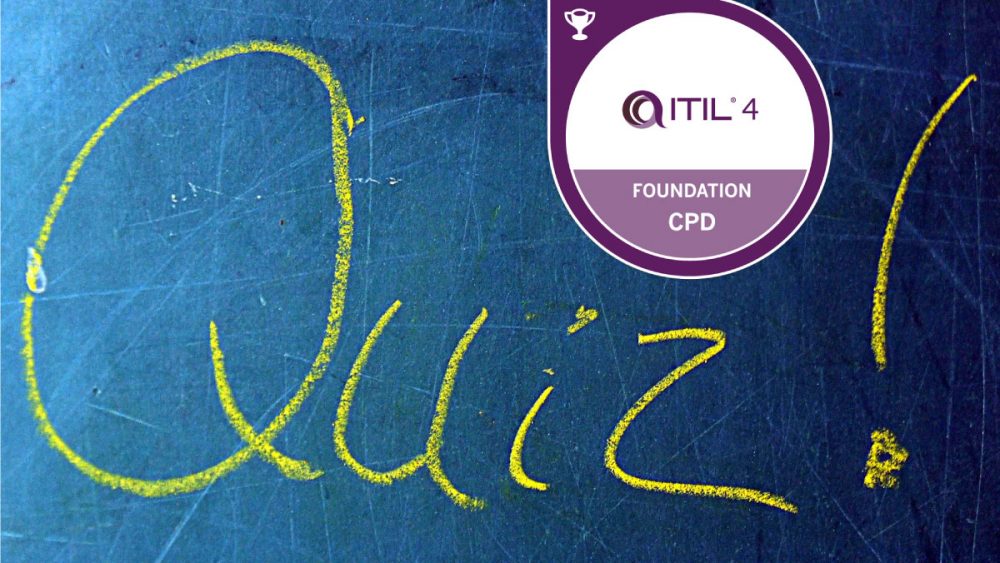 Are you ready to pass the ITIL 4 Foundation exam?... 211.2k views | 116 comments
Are you ready to pass the ITIL 4 Foundation exam?... 211.2k views | 116 comments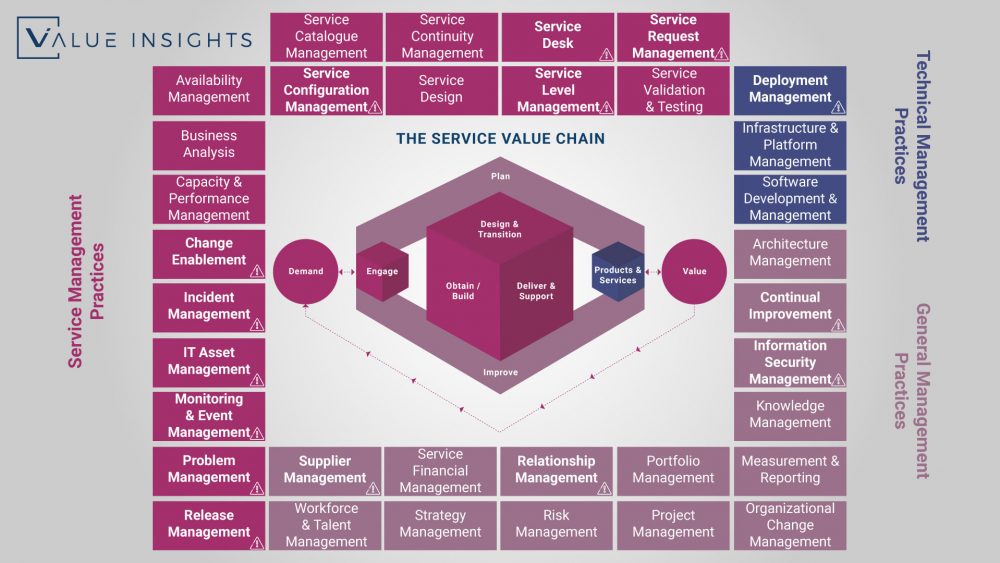 The ITIL 4 Practices Overview 87.1k views | 3 comments
The ITIL 4 Practices Overview 87.1k views | 3 comments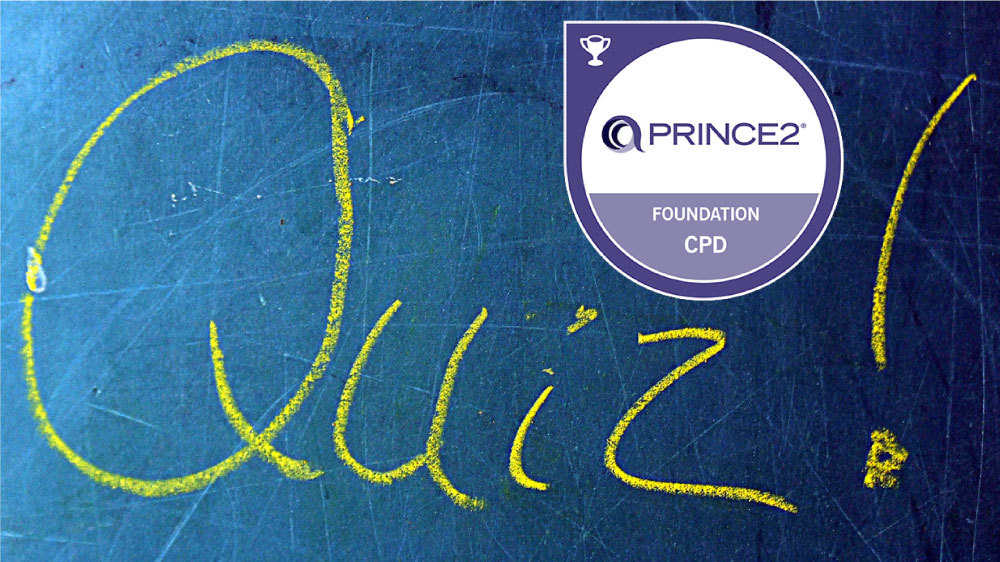 Ready for PRINCE2 Foundation? Check this 40 FREE s... 42.6k views | 29 comments
Ready for PRINCE2 Foundation? Check this 40 FREE s... 42.6k views | 29 comments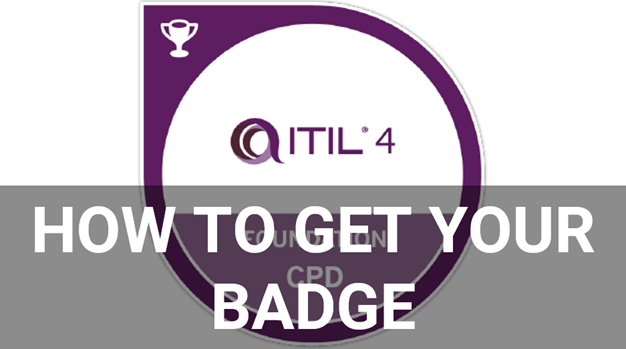 How to get the ITIL 4 Foundation Digital Badge 35.8k views | 13 comments
How to get the ITIL 4 Foundation Digital Badge 35.8k views | 13 comments Are you ready to pass the ITIL 4 Foundation exam?... 35.7k views | 3 comments
Are you ready to pass the ITIL 4 Foundation exam?... 35.7k views | 3 comments


